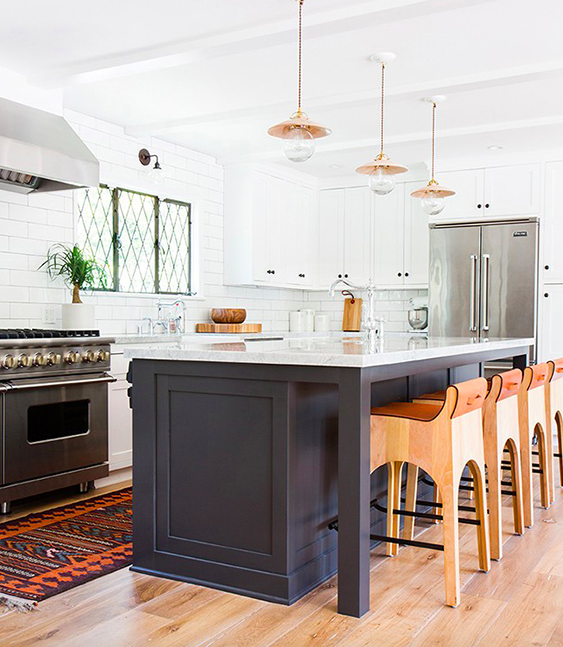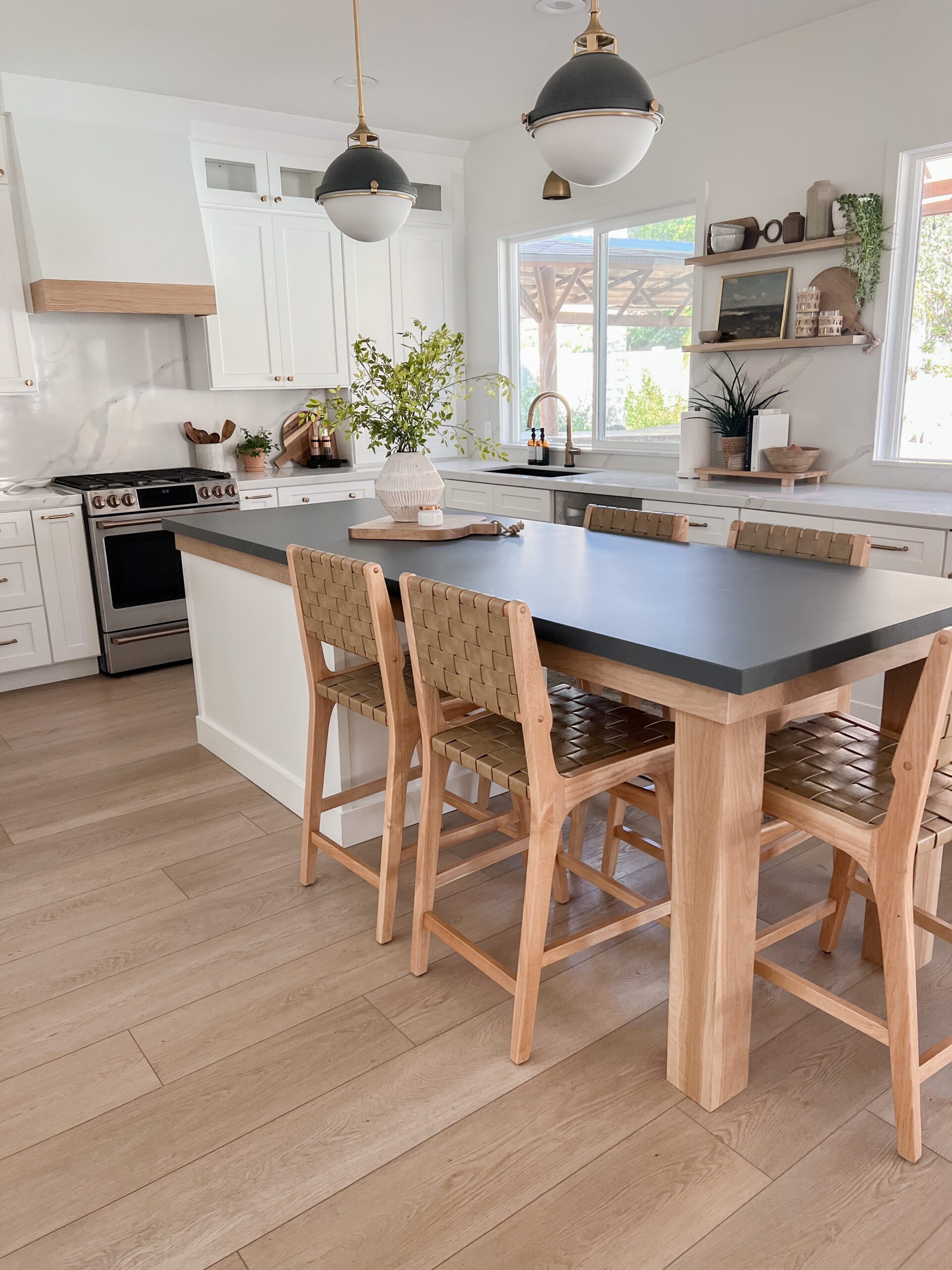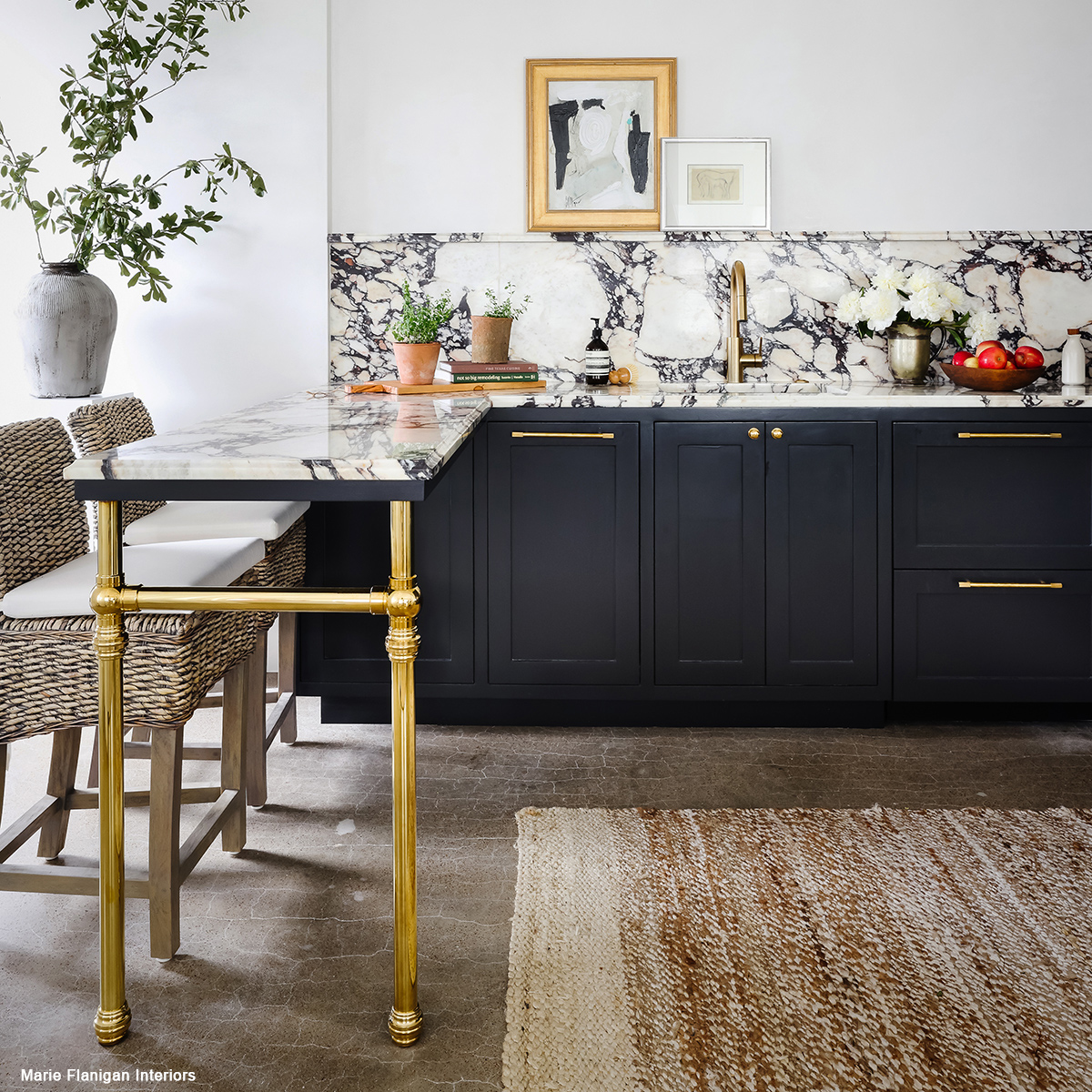Include Appeal and Character to Your Space with Legs For Kitchen Island Creations
Essential Variables to Consider When Choosing Legs For Kitchen Island
Choosing the suitable legs for a cooking area island includes a cautious assessment of several factors that can dramatically influence both functionality and aesthetic allure. Among these, the selection of product plays a crucial role in making sure sturdiness, while the style needs to complement the existing decoration. Considerations such as height and weight assistance are necessary for security and convenience. As we check out these elements, it becomes clear that each decision can have far-reaching effects for the overall cooking area experience. What nuances should be considered in each of these categories to accomplish the excellent balance?
Material Options
When selecting legs for a kitchen island, understanding the numerous material options is essential for accomplishing both visual appeal and structural stability (Legs For Kitchen Island). The selection of product significantly influences not only the durability of the island yet likewise its general layout and functionality
Timber is a preferred option, using warmth and adaptability. Solid woods, such as oak or maple, provide toughness and can be discolored or painted to match the kitchen design. Metal legs, commonly made from stainless-steel or wrought iron, add a modern-day and commercial feel while making sure sturdiness and security. These products are immune to wear and can sustain significant weight, making them ideal for larger islands.
One more option is engineered products, like MDF or plywood, which can be more cost-efficient while still supplying a range of coatings. Nonetheless, they may not offer the same level of stability as strong timber or steel. Products such as acrylic or glass can produce a modern look, though they may call for extra assistance to ensure security.
Ultimately, the option of material for cooking area island legs must straighten with the preferred capability and the general motif of the cooking area.
Design And Style

When taking into consideration style, the shape and finish of the legs are important. Tapered legs can supply a feeling of lightness and elegance, while thicker, a lot more robust legs can convey strength and security. Additionally, the surface-- be it painted, discolored, or all-natural-- should enhance the kitchen cabinetry and counter top products to develop a unified appearance.
Moreover, the layout of the legs can likewise mirror individual preference. Customized or ornamental legs, such as those including detailed carvings or distinct geometric shapes, can function as prime focus, adding personality and individuality to the cooking area. Ultimately, the appropriate option will certainly not only improve capability but additionally boost the aesthetic allure, making the kitchen island a standout function of the home.
Elevation Considerations
Choosing the suitable height for cooking area island legs is important, as it directly impacts both performance and comfort. The conventional elevation for a cooking area island typically ranges from 36 to 42 inches, straightening with additional info usual kitchen counter elevations.

It is likewise important to account for individuals' heights and preferences. Personalizing the height can guarantee a comfy experience for all member of the family, making the cooking area island an extra satisfying and practical room.
Weight Support
Making sure appropriate weight support for kitchen island legs is vital for both safety and security and functionality. The kitchen island commonly serves numerous functions, consisting of cooking, dining, and extra storage, necessitating a robust assistance structure. When selecting legs, it is important to think about the total weight capacity required based upon the island's meant usage and the products that will certainly be positioned on it.
The option of product for the legs plays a considerable role in their weight-bearing capacities. Solid timber, metal, and durable compounds usually provide exceptional stamina compared to lighter materials. Additionally, the design of the legs-- whether they are straight, tapered, or have a pedestal type-- can affect their ability to distribute weight effectively throughout the framework.
Always get in touch with the manufacturer's specs regarding load restrictions to make certain that the legs can maintain the designated weight without endangering security. In summary, choosing kitchen area island legs with appropriate weight support is necessary for creating a practical my response and risk-free culinary room.
Installment and Upkeep
Correct installation and maintenance of kitchen island legs are vital for making sure long life and security. This frequently entails securing the legs to the island base utilizing proper fasteners, making sure that the legs are level and aligned.
As soon as installed, regular upkeep is needed to maintain the integrity and look of the legs - Legs For Kitchen Island. For wood legs, routine cleaning with address a wet fabric and application of ideal wood gloss can prevent dampness damage and maintain their surface. Steel legs may call for a mild cleansing remedy to remove grease and crud, adhered to by a completely dry cloth to stop rust development
Additionally, check the legs on a regular basis for signs of wear or damage, such as cracks or loose joints. Tightening up screws or screws as required can likewise extend the lifespan of the legs. By adhering to these setup and maintenance methods, home owners can make sure that their kitchen island remains tough and visually appealing for several years to find.
Verdict

Aesthetic coherence is vital in picking the design and design of legs for a kitchen area island, as these elements substantially affect the overall ambiance of the space. Conical legs can supply a feeling of lightness and sophistication, while thicker, extra durable legs can communicate stamina and stability.Selecting the suitable elevation for cooking area island legs is important, as it straight affects both functionality and comfort. In summary, picking kitchen island legs with appropriate weight assistance is vital for developing a risk-free and practical culinary room.
In conclusion, picking legs for a kitchen area island demands careful factor to consider of different factors, including product alternatives, style, elevation, weight support, and setup.